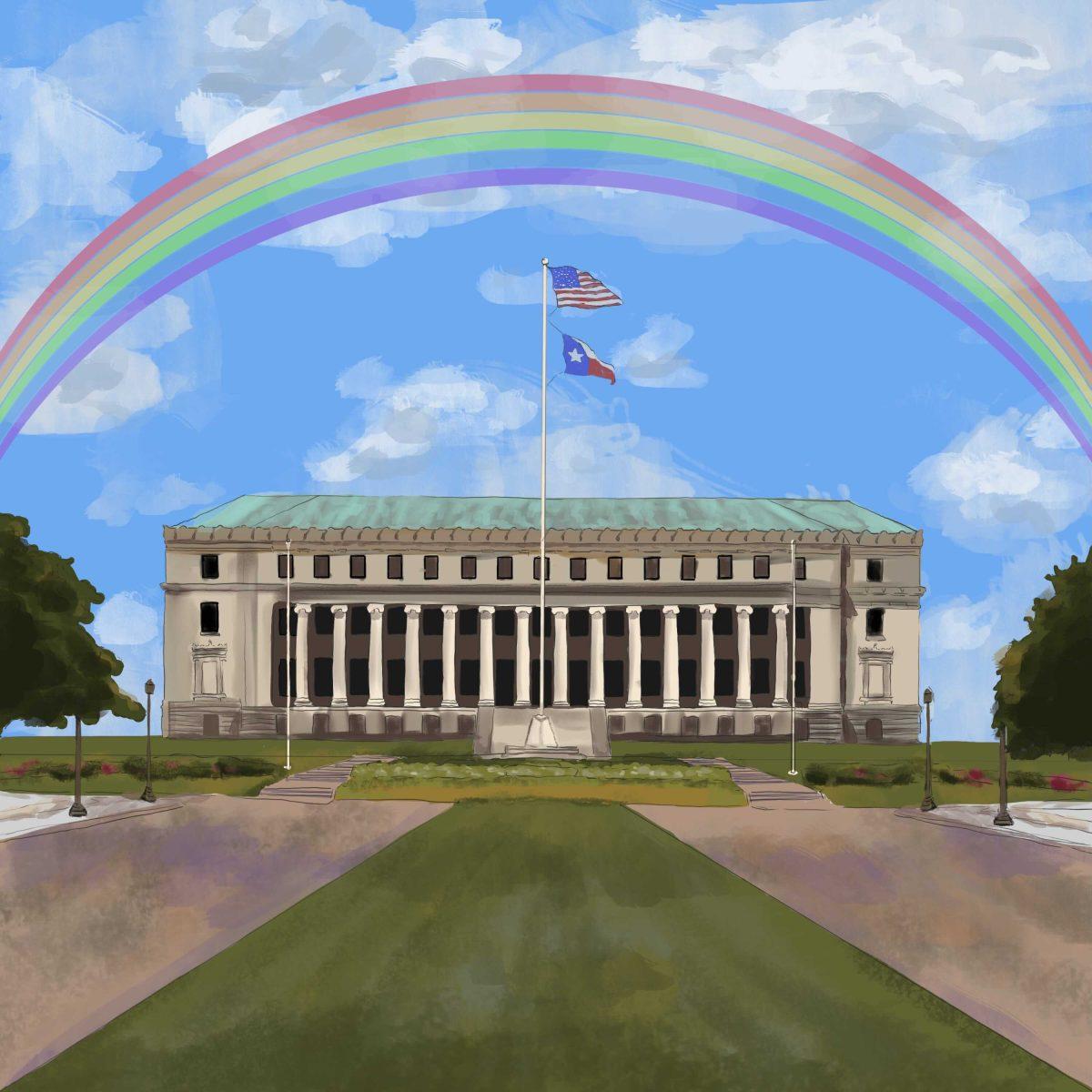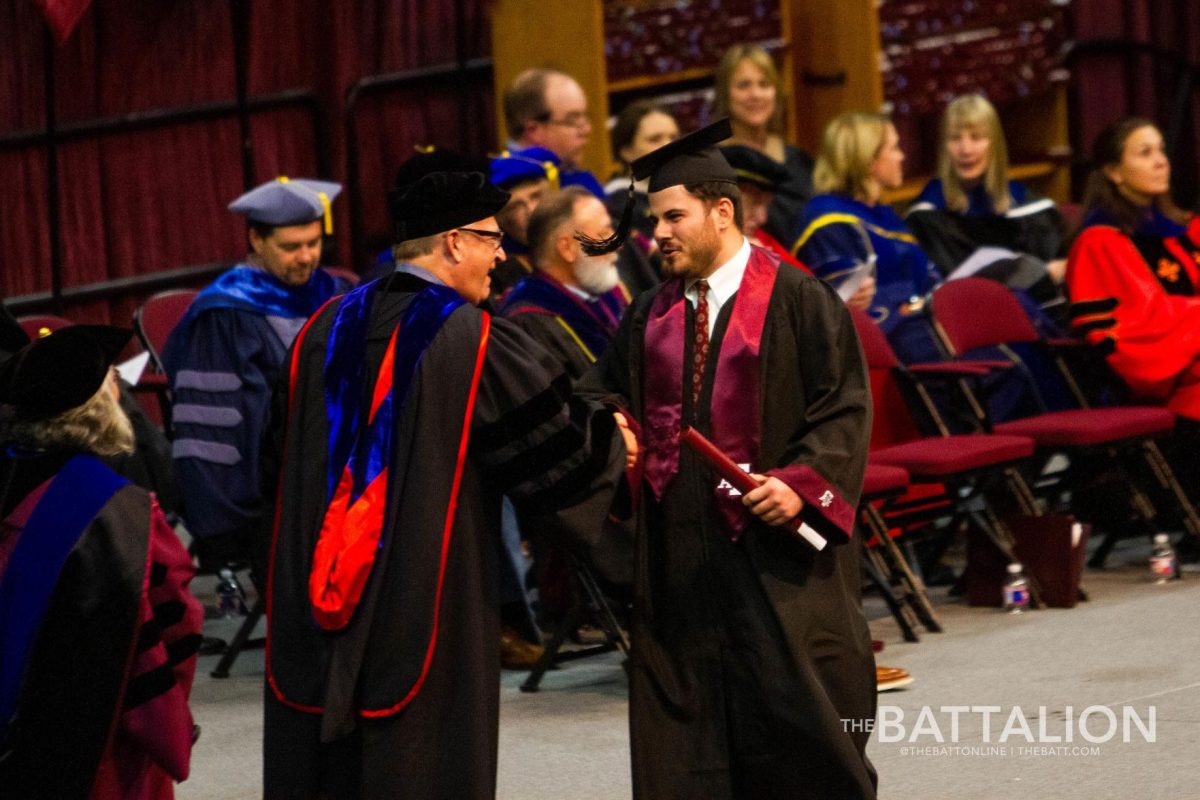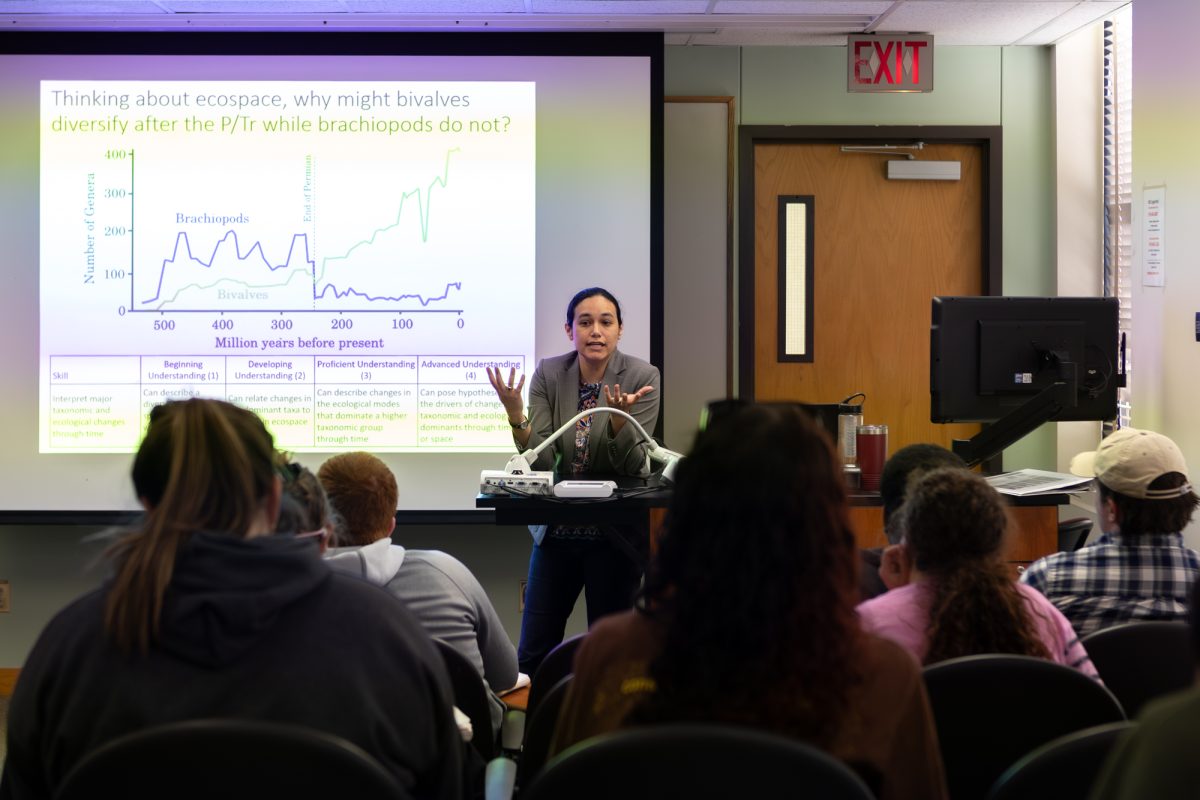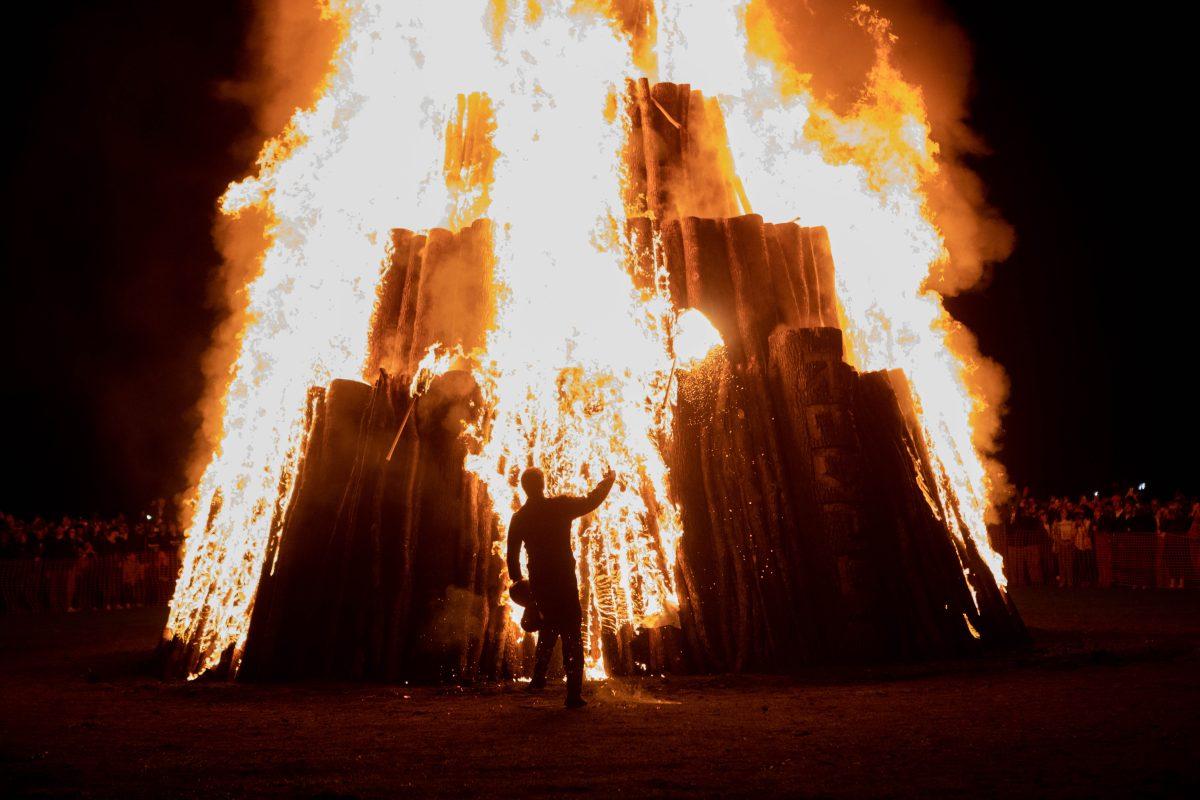The news broke on Apr. 1, 1985, though no one thought it was an April Fool’s Joke: Ten years after Sherri Skinner and company had found themselves in the MSC — a ten years marked by advocacy and antagonism, bravery and hostility — a restrained memo from the Supreme Court, not 20 words long, announced the news: The Supreme Court had declined to review the case, letting the Fifth Circuit’s ruling stand.
Just like that, the court case was over. Gay Student Services had won.
“We’re finally here,” Marco Roberts thought at the time.
Things happened pretty quickly after that.
On June 5, GSS refiled for recognition. And on June 13, A&M officially approved their application.
(I’ve got a story for you, Ags:
Several news outlets, including The Battalion, have claimed that Gay Student Services v. Texas A&M set a national precedent for gay student organizations at public colleges. Unfortunately, this is not correct, yet another example of A&M myth-making that gets the crucial generalities correct while obscuring the finer details. The Supreme Court refusing to review a circuit court ruling does not make a national precedent. Indeed, according to the New York Times in its reporting of the announcement, “several other Federal courts of appeals have previously ordered the recognition of homosexual student groups on state campuses.”)
(I’ve got a story for you, Ags:
Because Texas A&M is a public institution, the school required permission from then-Texas Attorney General Jim Mattox to participate in the legal case. However, according to reporting from the time, after the Fifth Circuit gave its ruling in favor of GSS, Mattox was unwilling to pursue the case further. Nevertheless, consistent with the policy position the Board of Regents had adopted in 1977 — that they would “proceed in every legal way to prohibit any group with [homosexual] goals from organizaing and operating” — A&M struck a deal with the Texas Attorney General: The school could proceed with the lawsuit so long as public funds were not used.
When all was said and done, A&M was ordered to pay nearly $250,000 to GSS for the group’s court fees.)
For Sara Herlick, the decision was anticlimactic. Having spent much of her time at A&M speaking to unsympathetic, even hostile students, she had grown a stiff backbone. “What I gained from [activism] more than anything was that I could accept myself,” she said in an interview for this package. She knew who she was; she knew her rights. The Supreme Court had merely affirmed something she had learned long before.
But for the members of GSS now on campus, their problems were not over. The court case had allowed the various factions within the group to focus on a shared goal. Now the internal frictions were unavoidable.
Most prominent was a growing faction which believed that Gay Student Services should change their name to Gay and Lesbian Student Services. The battle lines (which did not strictly overlap with gender lines) were about the definition of the word “gay.” One group felt “gay” was a catch-all, denoting both men and women who experienced same-sex attraction. The other group felt “gay” referred specifically to men and “lesbian” specifically to women. The differences between “gay men” and “lesbian women,” they argued, were sufficient to require a name change.
Their disagreement wasn’t merely semantic. Was GSS a “gay” organization? One which only focused on those issues the group’s men and women shared? Or was it a “gay and lesbian” organization? One which focused on the sum total of the issues experienced by all? Was it appropriate, say, for Gay Student Services to have an opinion on abortion?
Roberts felt the organization should stay focused. It was, after all, how they had achieved their goals thus far. But others, including GSS’s vice president, felt differently. The latter had a majority on her side, but GSS’s constitution required a two-thirds supermajority for anything this substantive. So the years passed, the conversation stalled and the acrimony only grew.
There was finger-pointing over who had mishandled a recent advertisement for the gay line; there was bitterness over a newsletter cover on which two interlocking female symbols were made twice as large as two male interlocking symbols; there was at least one accusation of feminist propaganda, though that intimation was made privately. At one point earlier in the year, a rumor began circulating that the Lesbian Rap Group (a lesbian affinity group within GSS) was attempting to put together the required votes to oust Roberts.
Nothing came of it, but at GSS’s first on-campus meeting, a frustrated Roberts resigned. He was frustrated not only by the division (and the lack of appreciation for having shepherded the student group onto campus) but also by the fact that few seemed willing to step up. Indeed, after his resignation, a petition quickly formed to bring him back. When more than two-thirds of GSS’s membership signed, Roberts returned. But then his vice president resigned. And then the Lesbian Rap Group splintered into its own on-campus organization.
Looking back, his blood tempered by time, Roberts puts it best: “You know people tend to think of [minority] organizations as being a monolithic thing, where everyone is the same and everyone thinks the same. And in reality, that’s not it at all. There’s factions, and there’s all kinds of things going on internally.”
He’s right. But it isn’t too much to acknowledge that even in these difficulties, there was victory: the moment GSS moved onto campus, it began to function like any other student organization, brought together by shared interests and identities, driven apart by a myriad of disagreements — sometimes petty, sometimes profound, always pretentious.
But alas, how GSS resolved those differences is a story for another day.
For now, it is appropriate to conclude our tale with the words from an editorial published in The Battalion on Jun. 14, 1985, the day after the university officially granted GSS recognition: “At long last, the controversy and media hype are over. Amen,” the editors wrote. “Let’s allow the GSS to fade into well-deserved obscurity and do what the group set out to do originally — provide services for homosexual students.”
That this story will come as news to so many is a testament to the “well-deserved obscurity” Gay Student Services (now LGBTQ Aggies) enjoys.
Still, it is a story worth revisiting. Not only should it satiate, however briefly, A&M’s love for its own history, but it serves as a potent reminder that it is not A&M’s culture that defines its students. Instead, it is A&M’s students that define its culture.
It is a culture which has no doubt benefited from the indefatigable spirit — here told as best as could be managed — of a hundred or so gay and lesbian Aggies over the better part of a decade.
They won, they lost, but they never quit.



























